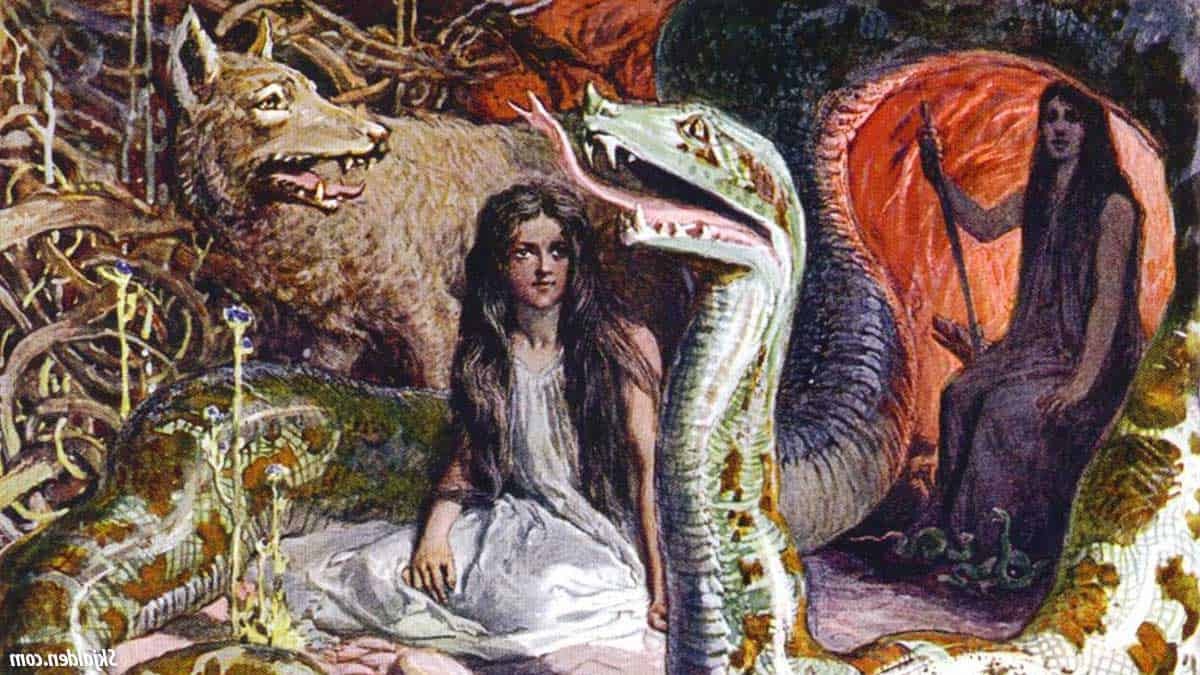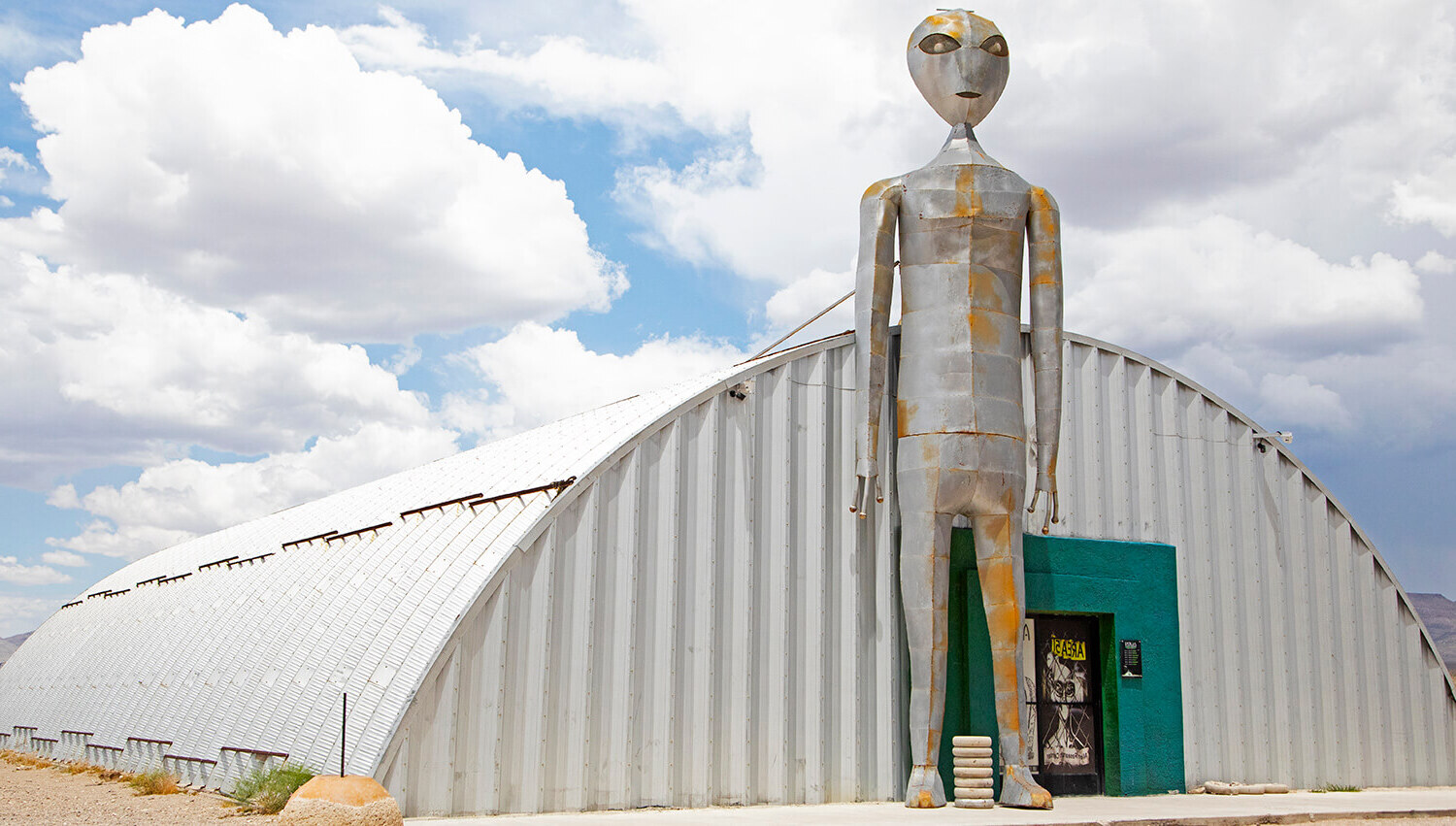
Who is Angrboda? Angrboda, a giantess in Norse mythology, is known for her fierce nature and significant role in the tales of the gods. She is the mother of three infamous children: Fenrir the wolf, Jormungandr the world serpent, and Hel, ruler of the underworld. Her name means "the one who brings grief," fitting her ominous presence in the myths. Angrboda's relationship with Loki, the trickster god, adds layers of intrigue to her story. Despite her fearsome reputation, she remains a figure of mystery and power. Dive into these 40 facts to uncover more about this enigmatic character from ancient lore.
Key Takeaways:
- Angrboda, a giantess in Norse mythology, is known for her ominous nature and her three monstrous children who play significant roles in the end-of-the-world event, Ragnarok.
- Angrboda's character has influenced modern media and literature, inspiring reimaginings and feminist retellings, while her connections to other mythological figures add depth to her enigmatic story.
Who is Angrboda?
Angrboda, a fascinating figure in Norse mythology, is often associated with chaos and mystery. Her name means "the one who brings grief," and she certainly lives up to it. Here are some intriguing facts about this enigmatic character.
- Angrboda is a giantess, belonging to the race of Jotunn, who are often in opposition to the gods of Asgard.
- She is primarily known as the mother of three monstrous children: Fenrir the wolf, Jormungandr the serpent, and Hel, the ruler of the underworld.
- Angrboda's partner is Loki, the trickster god, making their union one of the most infamous in Norse mythology.
- Her home is in the land of Jotunheim, a realm inhabited by giants and other formidable beings.
- Angrboda's name translates to "the one who brings grief" or "she who offers sorrow," reflecting her ominous nature.
Angrboda's Role in Norse Mythology
Angrboda plays a significant role in the myths and legends of the Norse pantheon. Her actions and offspring have far-reaching consequences.
- She is considered a seeress, possessing the ability to foresee events, which adds to her mystique.
- Angrboda's children are prophesied to bring about Ragnarok, the end of the world in Norse mythology.
- Fenrir, her son, is destined to kill Odin, the chief of the gods, during Ragnarok.
- Jormungandr, the Midgard Serpent, is fated to battle Thor, leading to mutual destruction.
- Hel, her daughter, rules over the dead in a realm that shares her name, Helheim.
Angrboda in Popular Culture
Angrboda's influence extends beyond ancient myths into modern media and literature. Her character has been reimagined in various ways.
- She appears in Rick Riordan's "Magnus Chase and the Gods of Asgard" series as a powerful and enigmatic figure.
- Angrboda is featured in the video game "God of War," where she plays a crucial role in the storyline.
- In Marvel Comics, she is depicted as a formidable adversary to Thor and the Avengers.
- Angrboda's story is explored in Joanne Harris's novel "The Gospel of Loki," which delves into her relationship with the trickster god.
- She has also inspired characters in various fantasy novels and role-playing games.
Angrboda's Symbolism and Legacy
Angrboda's character embodies themes of chaos, prophecy, and the inevitability of fate. Her legacy continues to captivate audiences.
- She symbolizes the destructive power of nature, as seen through her monstrous offspring.
- Angrboda's prophetic abilities highlight the Norse belief in predestined events and the inescapability of fate.
- Her relationship with Loki represents the union of chaos and mischief, leading to catastrophic outcomes.
- Angrboda's story underscores the Norse theme of cyclical destruction and rebirth, as Ragnarok leads to a new world.
- She is often depicted as a powerful and independent figure, challenging the traditional roles of women in mythology.
Angrboda's Depictions in Art
Artists throughout history have been inspired by Angrboda's dark and mysterious nature. Her image has been portrayed in various forms.
- Ancient Norse carvings and runestones sometimes depict her alongside her monstrous children.
- Modern artists have reimagined Angrboda in paintings, often emphasizing her fierce and foreboding presence.
- She is a popular subject in fantasy art, where she is depicted as a powerful and enigmatic sorceress.
- Angrboda's image has been used in tattoos, symbolizing strength, mystery, and the darker aspects of nature.
- Her character has also been featured in graphic novels and comic books, where her story is brought to life with vivid illustrations.
Angrboda's Influence on Modern Mythology
Angrboda's story continues to influence contemporary interpretations of mythology and folklore. Her character resonates with modern audiences.
- She is often seen as a symbol of female empowerment, challenging traditional gender roles in mythology.
- Angrboda's story has inspired feminist retellings, where she is portrayed as a strong and independent figure.
- Her relationship with Loki is explored in modern literature, highlighting themes of love, betrayal, and chaos.
- Angrboda's children, especially Fenrir and Jormungandr, remain popular figures in modern fantasy and science fiction.
- Her character has been adapted into various forms of media, including books, movies, and video games.
Angrboda's Connection to Other Mythological Figures
Angrboda's interactions with other mythological figures add depth to her character and story. Her connections are complex and intriguing.
- She is often associated with the Norns, the Norse goddesses of fate, due to her prophetic abilities.
- Angrboda's relationship with Loki is one of the most infamous in Norse mythology, leading to the birth of their monstrous children.
- She is sometimes linked to the goddess Freyja, as both are powerful female figures with connections to magic and prophecy.
- Angrboda's children have significant interactions with other gods, such as Fenrir's battle with Odin and Jormungandr's fight with Thor.
- Her story intersects with the larger narrative of Ragnarok, where many of the gods and mythical beings meet their fate.
Angrboda's Role in Ragnarok
Ragnarok, the end of the world in Norse mythology, is a central event where Angrboda's influence is profoundly felt. Her role is pivotal.
- Angrboda's children are key players in Ragnarok, with Fenrir, Jormungandr, and Hel each having significant roles.
- Fenrir's escape from his bindings marks the beginning of Ragnarok, leading to the final battle between the gods and giants.
- Jormungandr's release from the ocean causes massive destruction, culminating in his battle with Thor.
- Hel's realm becomes the destination for many of the dead during Ragnarok, emphasizing her control over the afterlife.
- Angrboda's prophecies foretell the events of Ragnarok, making her an essential figure in the Norse understanding of fate and destiny.
Final Thoughts on Angrboda
Angrboda, a fascinating figure from Norse mythology, holds a unique place in the tales of gods and giants. Known as the mother of monsters, she gave birth to Fenrir, Jormungandr, and Hel, each playing crucial roles in the mythological narratives. Her relationship with Loki adds another layer of intrigue, blending themes of chaos and prophecy. Angrboda's story, though not as widely known as other mythological figures, offers rich insights into the complexities of Norse legends. Whether you're a mythology enthusiast or just curious, exploring Angrboda's tale provides a deeper understanding of the ancient Norse world. So next time you dive into a mythological story, remember Angrboda and her significant contributions to these timeless tales.
Frequently Asked Questions
Was this page helpful?
Our commitment to delivering trustworthy and engaging content is at the heart of what we do. Each fact on our site is contributed by real users like you, bringing a wealth of diverse insights and information. To ensure the highest standards of accuracy and reliability, our dedicated editors meticulously review each submission. This process guarantees that the facts we share are not only fascinating but also credible. Trust in our commitment to quality and authenticity as you explore and learn with us.


